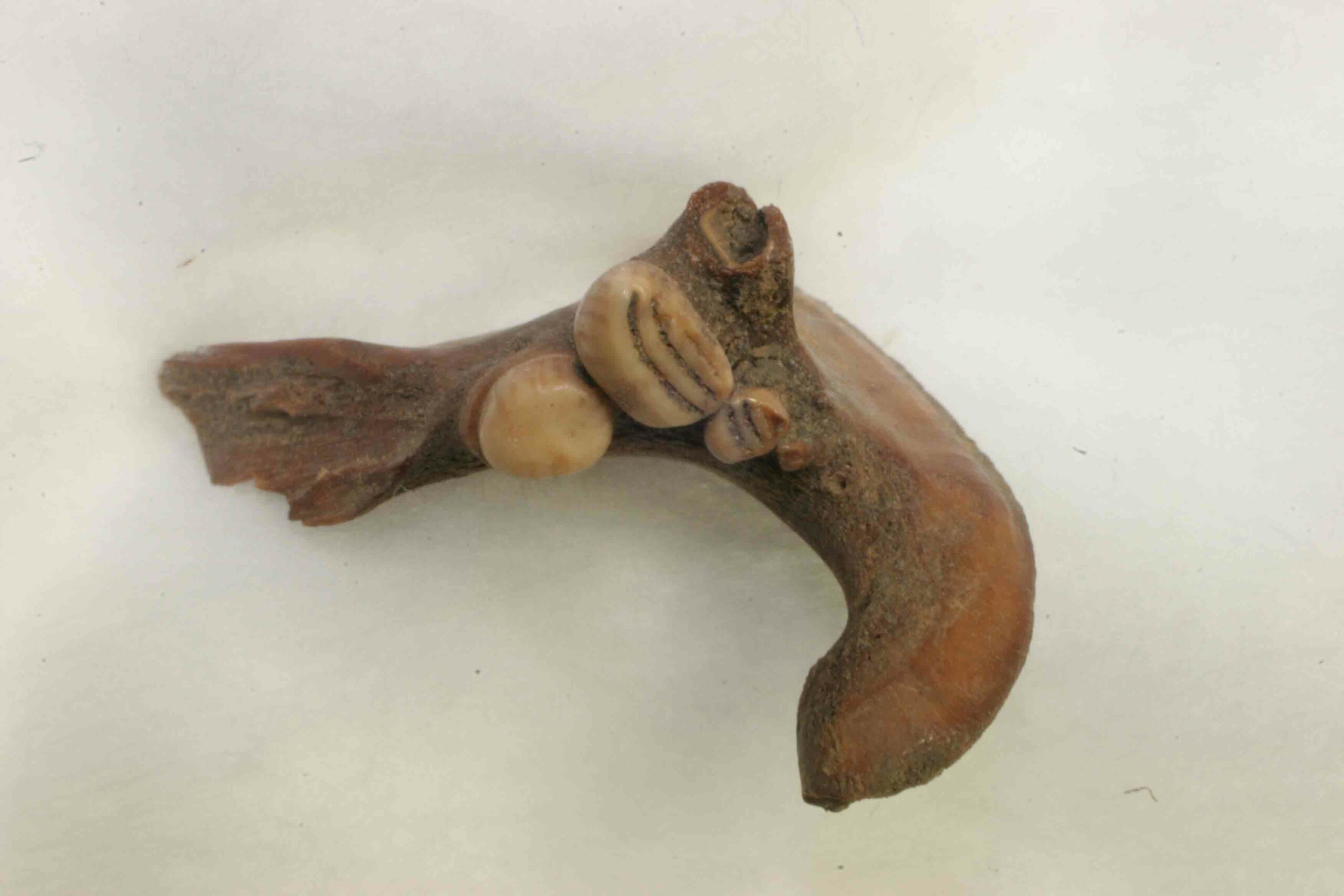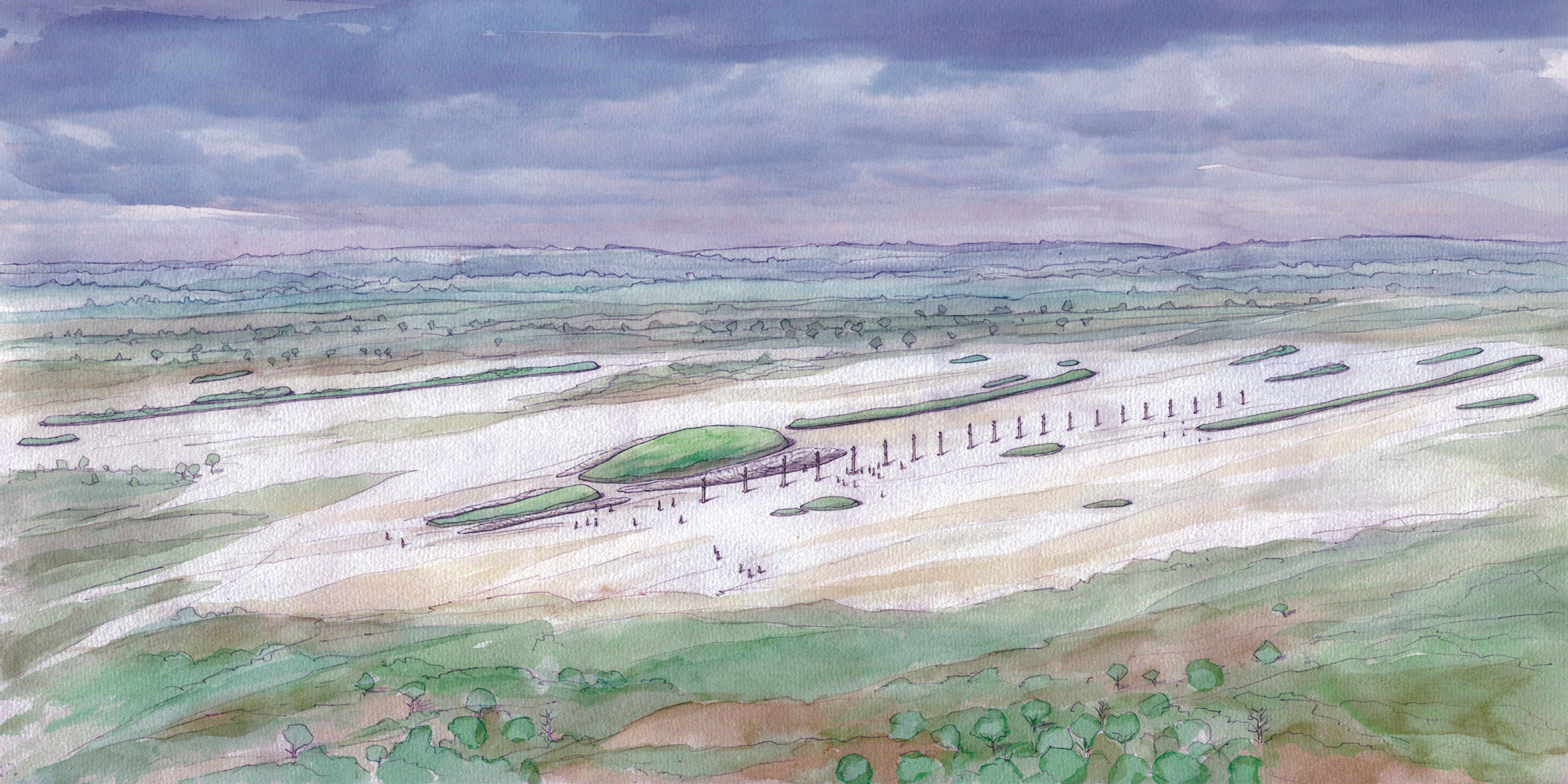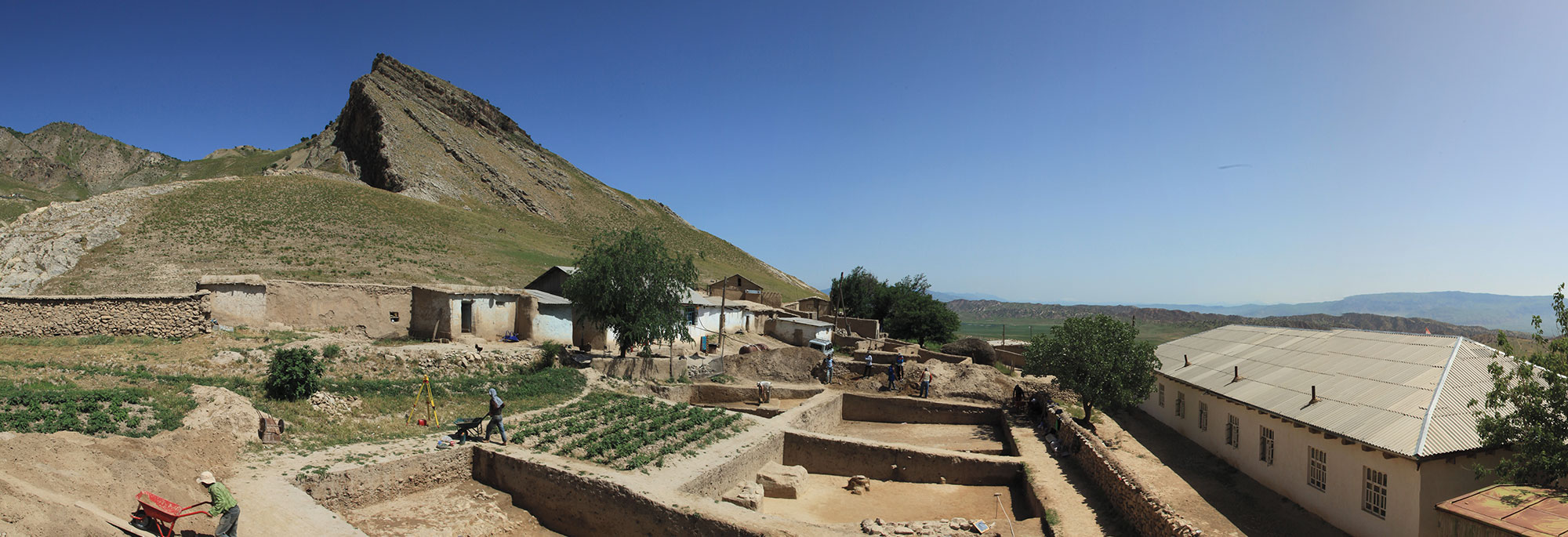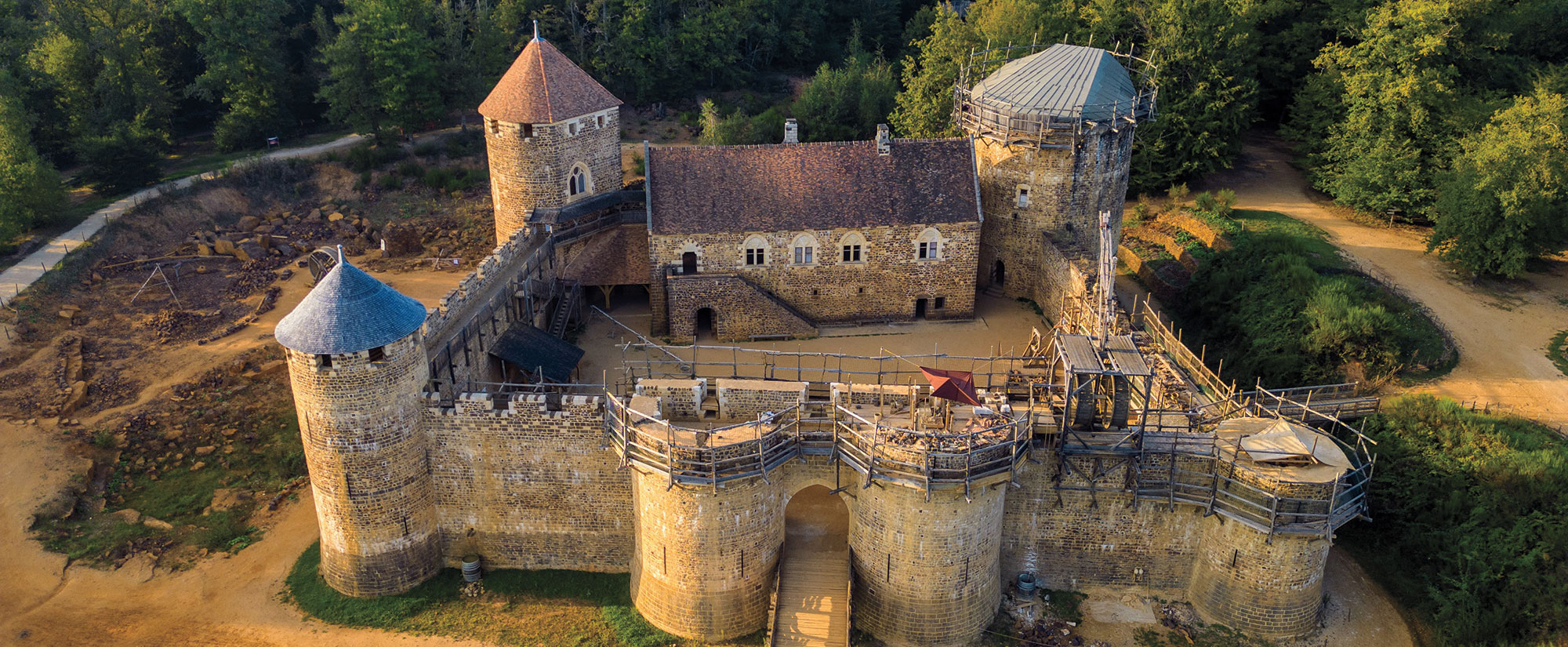BEIJING, CHINA—According to a statement released by Peking University, researchers led by Huang Yani and Pang Yuhong of Peking University analyzed the complete genomes of 58 individuals whose remains were recovered from central China's Baligang site. This Neolithic site is situated between the Yellow River basin to the north, where early farmers grew millet, and the Yangtze River basin to the south, where people planted rice. The DNA study suggests that in the early Neolithic period, the Baligang population comprised a mix of northern and southern East Asian ancestry. Then, some 4,200 years ago, there was an increase in people bearing southern ancestry living in the Baligang region. The researchers think that rice farmers from the Yangtze River basin may have migrated northward in response to a known global climate event. Not all changes in genetic makeup coincided with changing pottery styles or methods of farming, however, indicating that cultural innovations sometimes spread without major changes in the population. Additionally, the scientists mapped the genomes of 75 of the 90 individuals whose remains were discovered in a mass grave in the Baligang region. All of the men in the group shared the same Y-chromosome lineage, while the women were found to have come from diverse maternal lineages. This suggests that women traveled to join other groups, and men remained in their places of birth. Read the original scholarly article about this research in Nature Communications. For more on Neolithic China, go to "Neolithic City of Shimao," one of ARCHAEOLOGY's Top 10 Discoveries of the Decade.
DNA Study of China’s First Farmers Reveals Population Movements
News October 13, 2025
Recommended Articles
Digs & Discoveries March/April 2020
China's Carp Catchers

Letter from France January/February 2026
Neolithic Cultural Revolution
How farmers came together to build Europe’s most grandiose funerary monuments some 7,000 years ago



-
Features September/October 2025
Spirit Cave Connection
The world’s oldest mummified person is the ancestor of Nevada’s Northern Paiute people
 Howard Goldbaum/allaroundnevada.com
Howard Goldbaum/allaroundnevada.com -
Features September/October 2025
Here Comes the Sun
On a small Danish island 5,000 years ago, farmers crafted tokens to bring the sun out of the shadows
 Courtesy the National Museum of Denmark
Courtesy the National Museum of Denmark -
Features September/October 2025
Myth of the Golden Dragon
Eclectic artifacts from tombs in northeastern China tell the story of a little-known dynasty
 Photograph courtesy Liaoning Provincial Museum, Liaoning Provincial Institute of Cultural Relics and Archaeology, and Chaoyang County Museum
Photograph courtesy Liaoning Provincial Museum, Liaoning Provincial Institute of Cultural Relics and Archaeology, and Chaoyang County Museum -
Features September/October 2025
Remote Sanctuary at the Crossroads of Empire
Ancient Bactrians invented distinct ways to worship their gods 2,300 years ago in Tajikistan
 Gunvor Lindström/Excavations supported by the German Research Foundation
Gunvor Lindström/Excavations supported by the German Research Foundation



